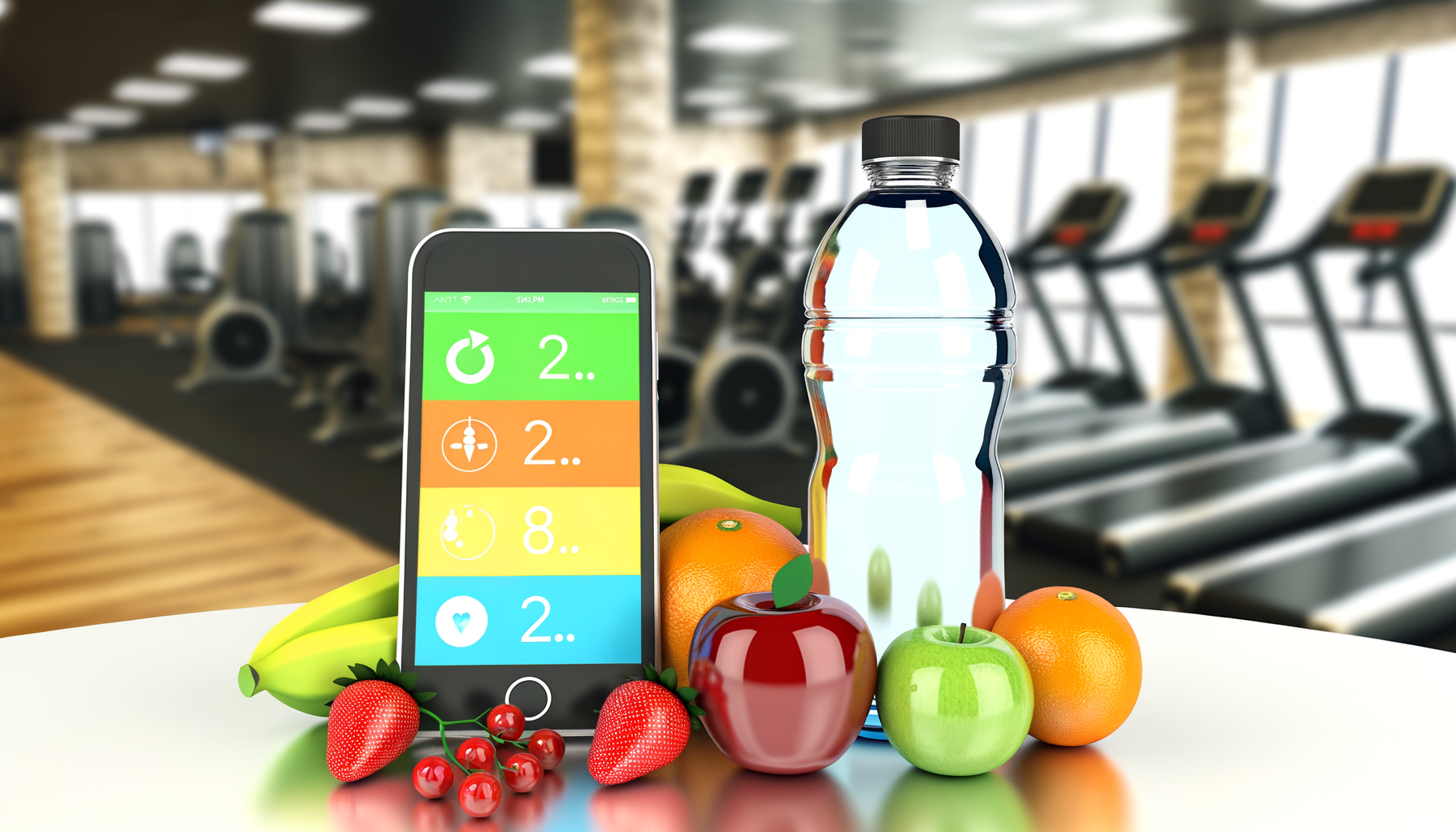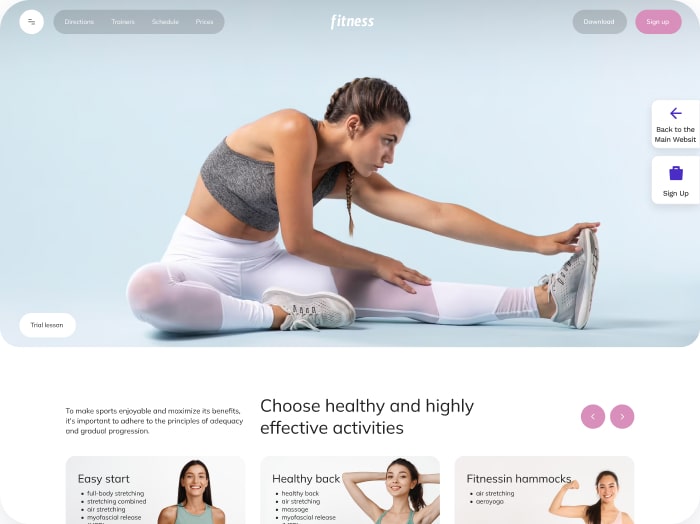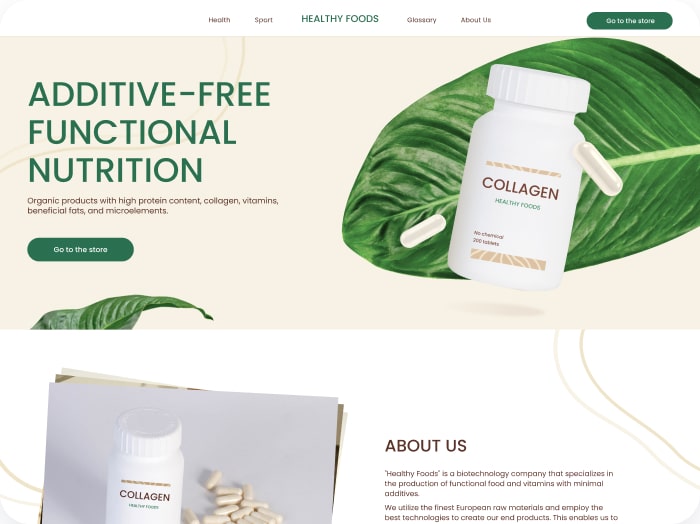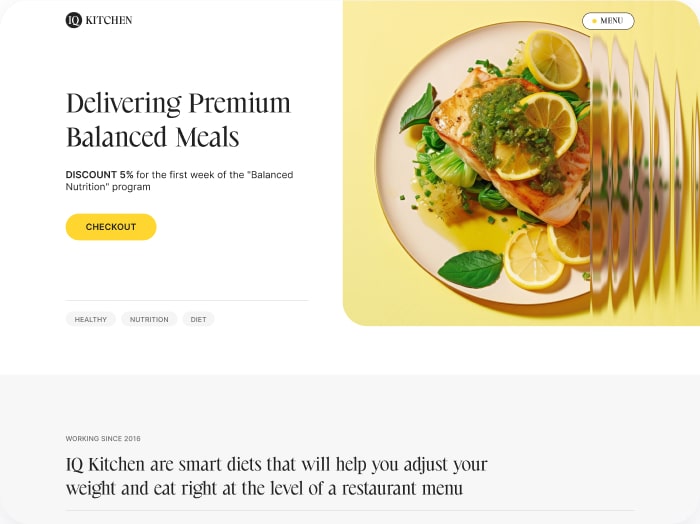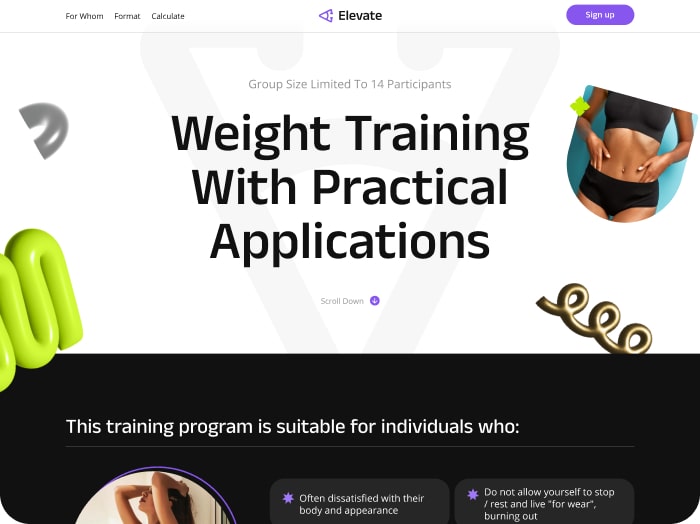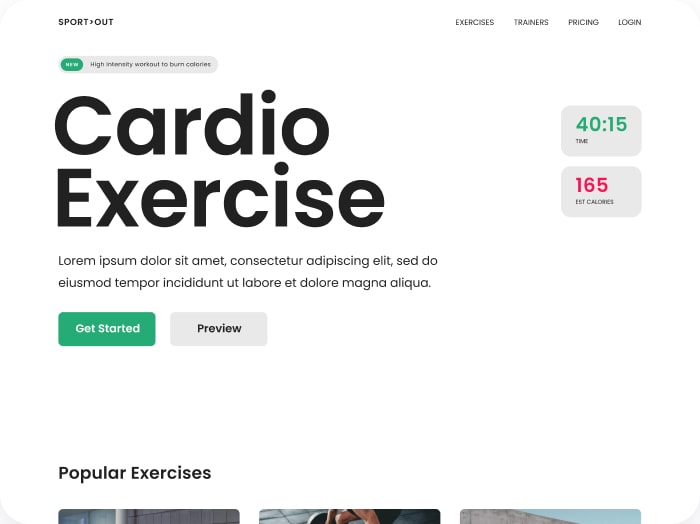Maximizing Mobile User Experience with Calorie Calculators
In today’s digital age, ensuring that your calorie calculator is optimized for mobile users is not just an option—it’s a necessity. With more people managing their health on-the-go, having a mobile-friendly calorie calculator dramatically increases user engagement and satisfaction. This comprehensive guide explores strategies to optimize calculators for phones, focusing on improving responsiveness, usability, and overall performance to effectively serve mobile audiences.
Why Mobile Optimization Matters for Health Tools
Mobile devices have become the primary portal through which users access health and nutrition content. Research shows that apps and tools that maintain responsive nutrition tools and deliver smooth interactions encourage higher retention rates and user loyalty. For calorie calculators, this translates into more frequent use and better health tracking outcomes.
Google also prioritizes mobile-friendly interfaces in search rankings, making optimization crucial for visibility. Beyond discovery, optimized mobile calculators reduce user frustration by minimizing load times and offering seamless input mechanisms, key factors for health seekers who often use apps in quick, intermittent sessions.
Key Techniques to Optimize Calculator Performance on Mobile
- Design a Responsive User Interface
Adopt fluid grids, flexible images, and scalable fonts to ensure your calculator adapts gracefully to any screen size or orientation. Implementing a responsive layout prevents layout breakage and improves readability.
- Minimize Load Times
Fast-loading calculators retain users. Use techniques like lazy loading of non-essential components, optimize images and scripts, and leverage caching to speed up access. Insights from VWO’s mobile optimization guide highlight up to 35% load time reduction via efficient resource allocation.
- Streamline Input Methods
Mobile users require intuitive inputs such as dropdowns, sliders, and number pads designed for finger taps. Avoid complicated data entry forms and use auto-fill or suggested values to reduce friction.
- Optimize Algorithm Efficiency
Behind the scenes, ensure your calculator’s algorithms are optimized for speed and resource usage. Utilizing proper data structures like hash tables for instant lookups and memoization techniques for repetitive calculations can significantly improve responsiveness, as recommended by mobile development experts.
- Test Across Diverse Devices and Conditions
Verify functionality on different screen sizes, OS versions, and network speeds. Testing under various conditions helps uncover performance bottlenecks early and ensures a consistent experience across Android and iOS platforms.
- Implement Real User Monitoring
Gather data on how real users engage with your calculator using tools like Google Analytics for mobile or UXCam. This data-driven approach allows iterative improvements, focusing on pain points and enhancing user engagement metrics.
Enhancing User Engagement Through Responsive Nutrition Tools
Beyond technical optimization, a mobile-friendly calorie calculator should engage users effectively by providing clear feedback and personalized insights. Implement intuitive progress trackers, calorie goal reminders, and dynamic charts that update in real time to keep users motivated.
Personalization also plays an essential role. By integrating user preferences and historical data, calculators can deliver custom recommendations, which boost repeat usage and promote healthier lifestyle choices.
Case Study: Calorie Calculator Cloud’s Mobile Optimization Success
Calorie Calculator Cloud provides a robust example of integrating all these optimization elements. Their service combines a responsive design with lightweight scripts and adaptive UI elements that function flawlessly across smartphones and tablets. By offering easy-to-navigate input fields and fast calculation delivery, the platform has observed significant improvements in mobile user engagement and retention.
Furthermore, their use of gradual feature rollouts with feature flags ensures stability and continuous performance enhancement, following best practices seen in leading apps like Spotify and Facebook.
Practical Tools and Plugins to Boost Mobile Calculator Functionality
- Calorie Calculator Cloud Plans – Various plans offer plugin integrations tailored for mobile optimization.
- UXCam – Useful for analyzing user interactions and heatmaps on mobile devices, improving conversion rates.
- Firebase Performance Monitoring – Tracks app performance in real-time to diagnose bottlenecks.
- Google Lighthouse – Provides automated audits for mobile performance and UX.
- Image Optimization by Google – Guides forcompressing and delivering images efficiently on mobile.
- React Native – A popular framework for building performant cross-platform mobile health tools.
Pro Tips for Sustaining Mobile User Engagement
- Prioritize Usability Over Features: Streamline the calculator’s interface to avoid overwhelming mobile users with unnecessary options.
- Use Contextual Help: Include tooltips or small guides that help users understand input fields without navigating away.
- Enable Offline Access: Cached functionality means users can calculate even without an internet connection, enhancing reliability.
- Implement Push Notifications: Gently remind users to track their nutrition goals without being intrusive.
- Regularly Update Based on Analytics: Use user behavior data to prioritize improvements that directly impact engagement and satisfaction.
Conclusion: Embracing a Mobile-First Approach to Health Calculators
Optimizing your calorie calculator for mobile is an investment in accessibility, user satisfaction, and long-term growth. By focusing on responsive designs, efficient algorithms, and real-world testing, you can deliver a product that truly meets the needs of health-conscious mobile users. Tools like Calorie Calculator Cloud can accelerate this process by providing ready-made, optimized solutions tailored for mobile use.
If you’re ready to enhance your calculator’s mobile experience and boost user engagement, exploring the Calorie Calculator Plans is a smart next step. Harness the power of optimized calculators and responsive tools to empower your users on every device.
